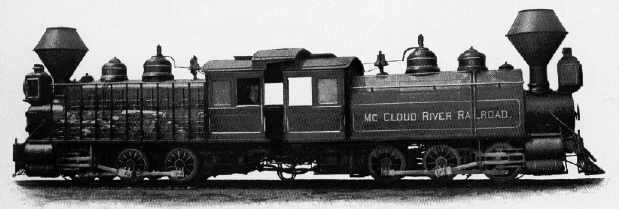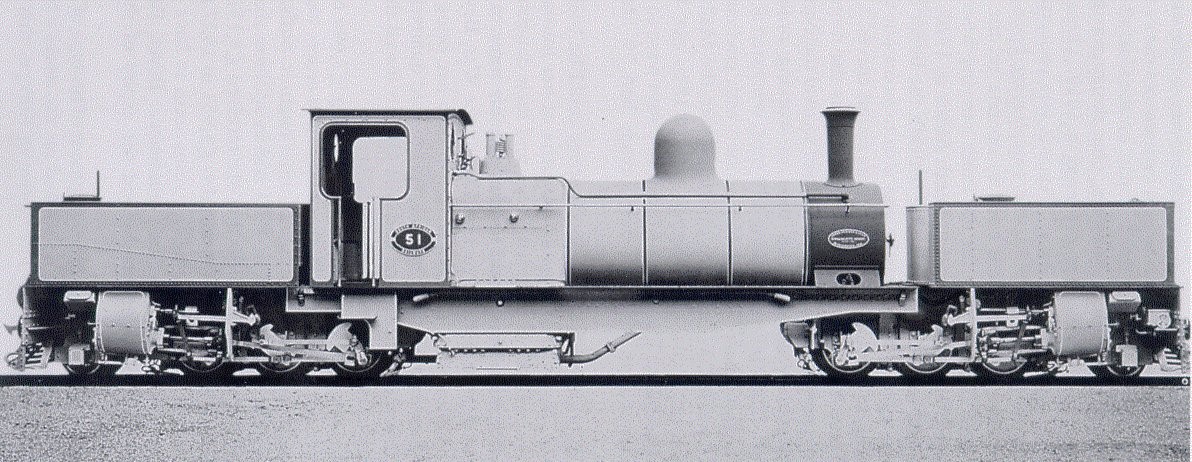One of the advantages of “duplex” locos is that one crew can effectively operate two locos, or one loco with twice the power.
The first one shown has two locos seperated by the tender, making it tough for one crew. At least two firemen would be needed and unless there was some sort of linkage for throttle and reverser, two engineers.
I have looked into the cab of a double fairlie. They have two boilers back to back so the fireman has to tend both…coal and water from the side. The enginer, on the other side, has a single reverser for both engines, dual throttles, as on a jet plane, which can be operated together or seperately. They are effectively the same front to rear so direction doesnt matter at all.
The Garrett is like the Mallet with one boiler to manage and one throttle. It is simpler for the crew. The boiler can be quite large by proportion because it is not over the drive wheels. They run equally well either direction.
Mallets we are pretty familliar with in this country, one crew for effectively two engines. They are directional and should be turned. Though mallet tank engines go about as well either way.
 India Railways - North Western Railway - NWR Class TG 0-6-0+0-6-0 “duplex” steam locomotives Nrs. 206-225 (Neilson Locomotive Works, Glasgow 3766-3785 / 1888) by Historical Railway Images, on Flickr
India Railways - North Western Railway - NWR Class TG 0-6-0+0-6-0 “duplex” steam locomotives Nrs. 206-225 (Neilson Locomotive Works, Glasgow 3766-3785 / 1888) by Historical Railway Images, on Flickr India Railways - North Western Railway - NWR Class TG 0-6-0+0-6-0 “duplex” steam locomotives Nrs. 206-225 (Neilson Locomotive Works, Glasgow 3766-3785 / 1888) by Historical Railway Images, on Flickr
India Railways - North Western Railway - NWR Class TG 0-6-0+0-6-0 “duplex” steam locomotives Nrs. 206-225 (Neilson Locomotive Works, Glasgow 3766-3785 / 1888) by Historical Railway Images, on Flickr

